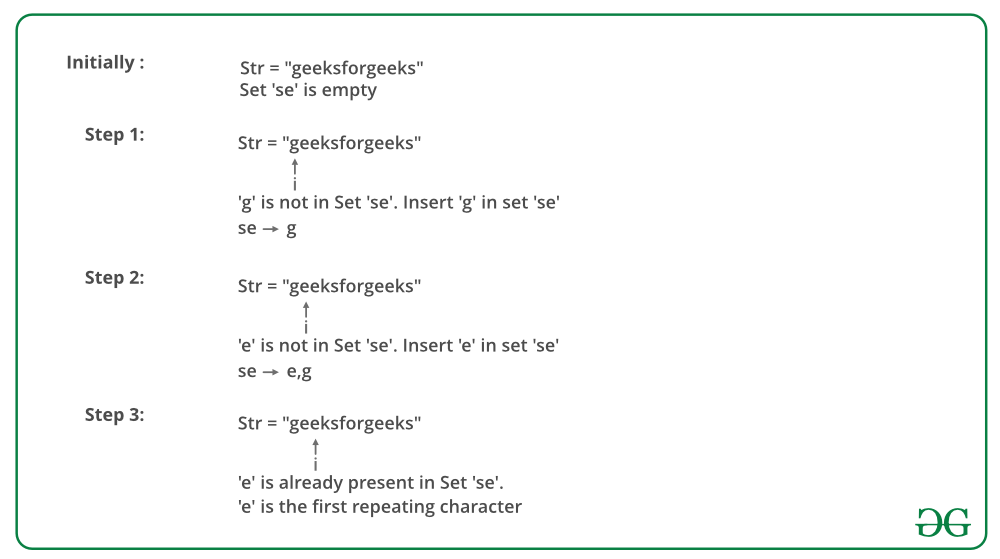- Python Repeat Loop N Times
- Python Repeat N Times Char
- Python Repeat List N Times
- Python Repeat Value N Times
- Python Repeat Character N Times
In this post, you will learn how to use loops in Python. Loops are a commonly used structure in programming that allows you to repeat a block of code a set number of times, or until you meet a. A for loop in Python is a statement that helps you iterate a list, tuple, string, or any kind of sequence. Essentially, the for loop is only used over a sequence and its use-cases will vary depending on what you want to achieve in your program. » Become a Python Wizard for $50 with the Complete Python Certification Bundle! In this post, you will learn how to use loops in Python. Loops are a commonly used structure in programming that.
A Twitter friend proposed an idiom for doing something N times in Python I hadn’t seen before, Using itertools.repeat instead of range. I was curious if it was better.
So huh, itertools.repeat is about 50% the cost of using range. We’re only talking 13ns per iteration, or roughly 50 CPU cycles. If you’re doing meaningful work in that loop it won’t matter. Still it’s neat that itertools.repeat is more efficient. Perhaps this shouldn’t surprise me, it doesn’t have to do the work of generating increasing integers. But I’d assumed no one had optimized itertools this carefully.
Note that in Python3 range is an actual type and doesn’t create a list, tuple, iterator, or generator. Also interesting that repeating an integer is 3% more efficient than repeating None; that’s a reproducible result.
Python2 is faster across the board. I see that a lot in Python and it makes me wonder. But the itertools vs. range/xrange difference is still about 50%, or meaningful.
Having now understood all this I’ll go right back to using range() like my grandpappy did.
HowToDoInJavaPython Repeat Loop N Times

A for loop is used to iterate over a list or sequence of items. In python, we can use for loop ot iterate over a list, a tuple, a dictionary, a set, or a string.
Generally, a for loop is used to repeat a code N number of times, where N is the number of items in the sequence.
1. Syntax of for Loop
The variable val represents a value from the sequence, for the current iteration. After each iteration. the value points to next available value in the sequence.
Once, all the values have been iterated, the for loop terminates.
Python supports the nested for loop as well. A nested for loop is one for loop inside another for loop.
2. Python for loop examples
2.1. Iterating over list
Python program to iterate over a list of items using for loop. This program prints all the names stored in the list.
Program output.
2.2. Iterating over String
Python program to iterate over a string using for loop.
In Python, strings are iterable. They are a sequence of characters.

Program output.
2.3. Iterate through dictionary
Python program to iterate over a tuples using for loop.
Program output.
2.4. Iterating over set
Python program to iterate over a set using for loop.
Program output.
3. The break and continue statements

The break statement is used to stop the iteration, and exit the for loop, when a certain condition is met:
Program output.
The continue statement is used to stop the current iteration, and jump to the next iteration in the loop. It does not terminate the for loop.
The break statement is used to stop the iteration, and exit the for loop, when a certain condition is met:
Program output.

4. for loop with else
The for loop can have an optional else block as well. It is called for...else statement.
The else block in a for...else is executed differently depending on the present of break statement.
- If the
breakstatement NOT is present inforloop thenelseblock is executed when all the items in the list have been iterated; and no item is left for iteration.Program output.
- If the
breakstatement is present inforloop:– The
elseblock will be executed ifbreakhas not been executed because the condition forbreakis not not met.Program output.
– The
elseblock will NOT be executed ifbreakhas not been executed.Program output.
5. Looping with range() function
In Python, the for loop can be used with range() function as well. The range() generates a sequence of value starting with 0, by default.
For example, range(10) will generate numbers from 0 to 9 (10 numbers).
To generate a custom range of values, we can pass the range parameters in function range(start, stop, step_size).
Python Repeat N Times Char
range() function does not eagerly load all the values in memory. It remembers the range start, stop, step_size and generates the next number in the range on the go.
Program output.
Program output.
Drop me your questions related to python for loop and its examples.
Python Repeat List N Times
Happy Learning !!
Was this post helpful?
Python Repeat Value N Times
Let us know if you liked the post. That’s the only way we can improve.Python Repeat Character N Times
